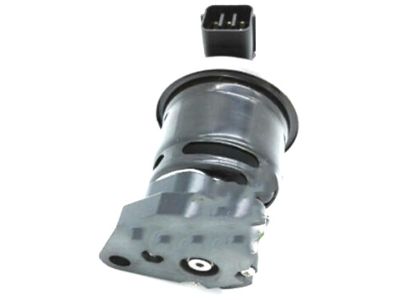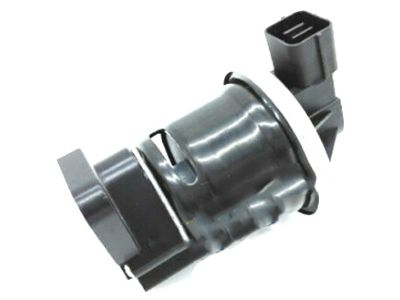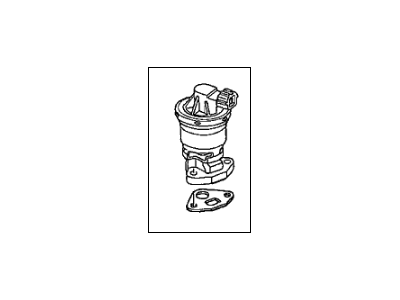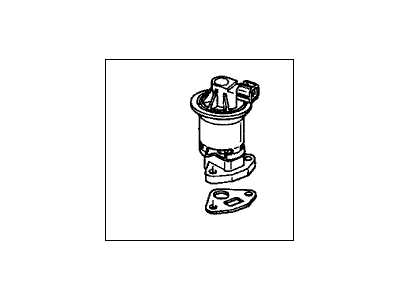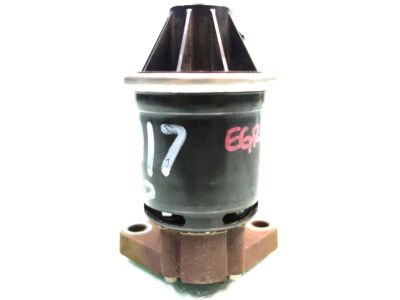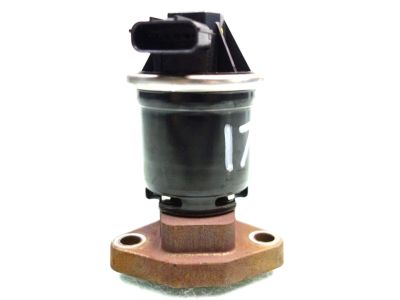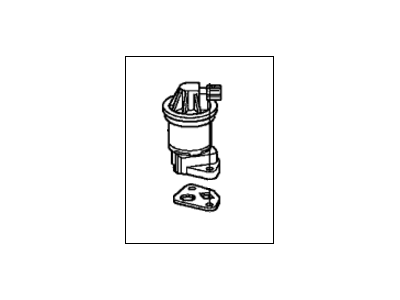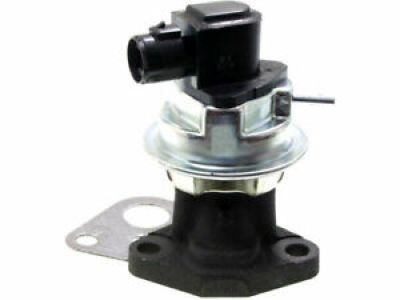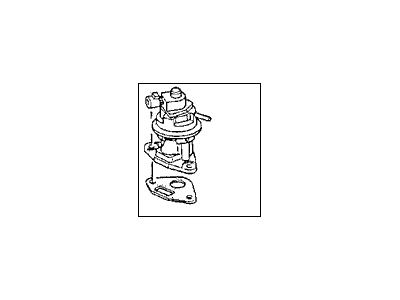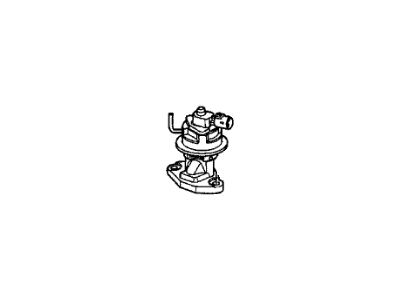×
- Hello
- Login or Register
- Quick Links
- Live Chat
- Track Order
- Parts Availability
- RMA
- Help Center
- Contact Us
- Shop for
- Acura Parts
- Acura Accessories

My Garage
My Account
Cart
Genuine Acura TL EGR Valve
Emissions EGR Valve- Select Vehicle by Model
- Select Vehicle by VIN
Select Vehicle by Model
orMake
Model
Year
Select Vehicle by VIN
For the most accurate results, select vehicle by your VIN (Vehicle Identification Number).
5 EGR Valves found

Acura TL Egr Valve Set
Part Number: 18011-RCA-A00$316.32 MSRP: $451.75You Save: $135.43 (30%)Ships in 1-3 Business DaysAcura TL Autokay Exhaust Gas Recirculation Egr Valve W/Gasket
Part Number: 18011-P8A-A00$316.32 MSRP: $451.75You Save: $135.43 (30%)

Acura TL EGR Valve
We provide a broad range of OEM Acura TL EGR Valve at unbeatable prices on our website. For your OEM parts, You can count on the guaranteed quality, manufacturer's warranty, outstanding customer service, and prompt delivery. We look forward to your visit.
Acura TL EGR Valve Parts Questions & Experts Answers
- Q: How Is the EGR Valve Replaced on Acura TL?A:Oxides of nitrogen, commonly referred to as NOx, are compounds formed in combustion chambers when oxygen and nitrogen in incoming air combine, resulting from high combustion temperatures. When emitted from the tailpipe, NOx interacts with reactive organic compounds, hydrocarbons, and sunlight, leading to ozone and photochemical smog formation. The EGR system mitigates NOx emissions by recirculating exhaust gases from the exhaust manifold through the EGR valve and intake manifold back to the combustion chambers, where they mix with the air/fuel mixture, cooling the chambers and reducing emissions. The EGA system includes the Powertrain Control Module, the EGA valve, the EGA valve position sensor, and various sensors that help the PCM determine when to open the EGA valve. The extent of EGA valve opening, known as "EGA valve lift," is adjusted by the PCM based on operating conditions. The EGA valve position sensor detects the lift amount and relays this information to the PCM, which adjusts the current flow to the EGA valve accordingly. If the EGA flow is unsuitable for the conditions, the PCM cuts the current, closing the valve. For EGA valve replacement, first remove the engine cover, then disconnect the electrical connector from the EGA valve by depressing the release tab and removing the two mounting nuts. After that, take out the EGA valve and discard the old gasket, ensuring all remnants of the old material are cleared without damaging the surfaces. Installation follows the reverse order, using a new gasket and securely tightening the mounting nuts.
